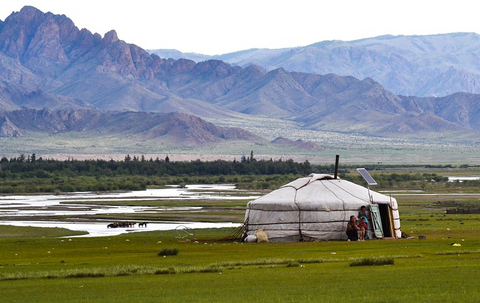Cashmere Buying Guide

This guide will walk you through why most cashmere today pills and losses its shape, while also highlighting the qualities you should look for when buying cashmere. I hope this guide will help you become cashmere smart and prevent you from getting another sweater that pills after one use.
How to avoid buying garments that are likely to pill and lose shape quickly:
- Buy heavier cashmere and watch out for ultra light/soft garments
- Understand that great cashmere is not cheap
- Purchase from brands you trust
- Remember that real cashmere improves with age like wine (getting softer without pilling)
Cashmere 101
Cashmere is woven from the underhairs of goats. The longer and finer under hairs are more desirable and prized by both heirloom weavers and international designers because they allow a heavy yet soft cashmere. These hairs allow weavers to tightly spin the hairs into yarn that creates a weighty fabric with uniform and soft surface. The fabric’s tight weave makes cashmere a naturally elastic and resilient fabric with unique properties such as lofty hand feel, draping capacity, durability, and warmth.
What about ply count? Many of us remember being told about ply as THE marker of good cashmere, which is part of spotting good cashmere but not the whole story. The ply count refers to the number of individual strands of yarn twisted in the opposite direction to create fabric. The number of strands spun together determine the ply. This process makes the yarn stronger, so a 2-ply yarn generally offers higher quality than is seen in a 1-ply yarn. However you can have a bulky 2-ply yarn or a skinny 4-ply yarn, depending on the quality of the cashmere hair. As a rule of thumb, ply count cannot tell you the whole story. Your feel and judgment of the weight is safer, no matter the ply. You can guarantee long lasting cashmere by buying heavier garments that have significant weight despite the ply.
What determines quality?
The finest cashmere comes from the neck region of the undercoat which has to be combed over one or two weeks. One goat typically yields 150 grams of cashmere a year, which is a small output compared to the rest of the fibers, thus explaining cashmere’s high price.
Over production of cashmere in the last couple decades has resulted in the creation of thinner and thinner cashmere garments that are woven with shorter and coarser fibers which cause pilling. To make the short and coarse fibers soft, garments are scrubbed over and over with metal brushes to make the fabric soft, and in turn extremely fragile. This cashmere becomes disposable and doesn’t last many seasons, and as a result more cashmere is needed to replace the old worn clothing.The best way to stem this cycle of fast fashion cashmere is to buy quality pieces from designers who directly source their fabrics.
Thank you for taking the time to read my guide! I hope you are now more informed on the cashmere qualities that distinguish great pieces from the rest, so that you next garment will last you a decade not a day.
